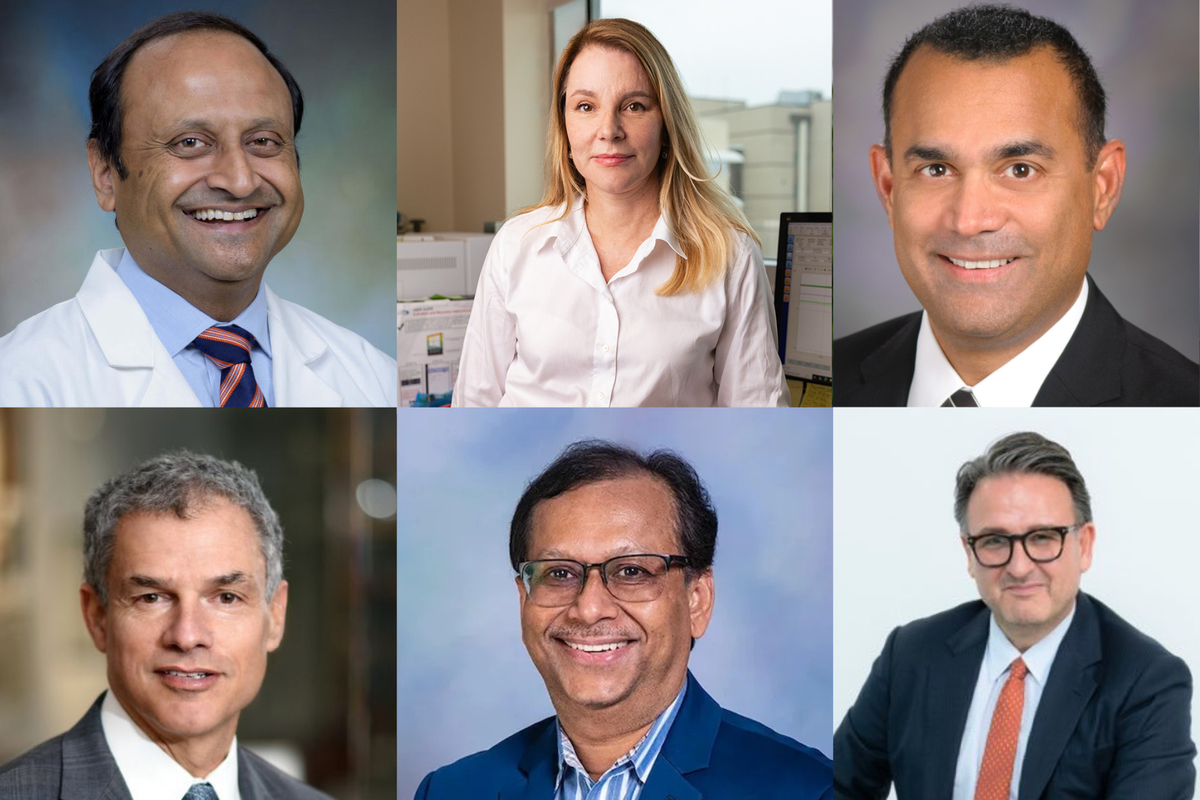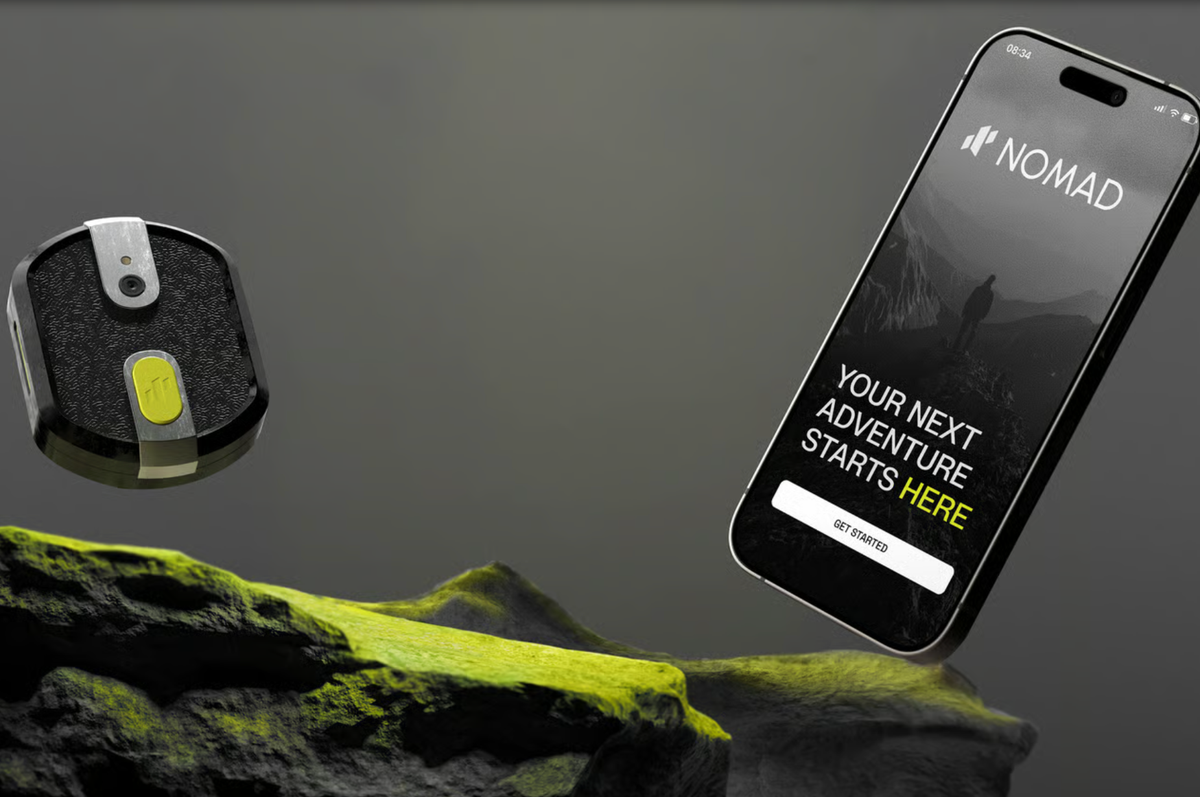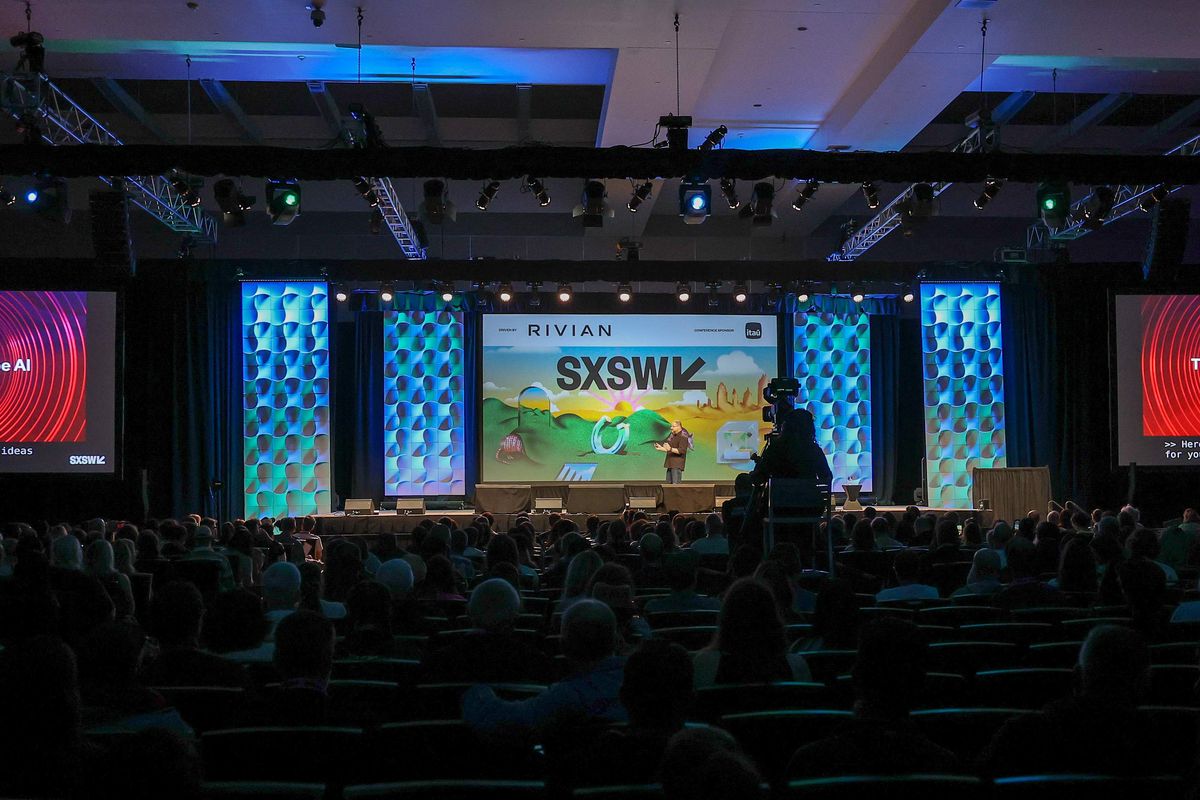Houston-based nonprofit leader believes COVID-19 will have long-term effects on important research
Q&A
It's Adam Kuspa's job to provide support to Texas researchers as they attempt to create innovative chemical and biochemical solutions for the betterment of mankind.
Formerly the dean of research at Baylor College of Medicine, Kuspa now serves as president of Houston-based Welch Foundation, which has, over the past several decades, provided nearly $800 million in research funding across the state.
Kuspa, through the organization, regularly sees revolutionary chemical discoveries being innovated in Texas across the 60 institutions he works with. It's usually an exciting job.
"I've spent my career, at least the last 15 years or so, helping other people do their research — before as being in research at Baylor College of Medicine," Kuspa tells InnovationMap. "I really enjoy enabling very, very smart people to do creative, innovative science. It's a lot of fun."
However, as the race to find a cure and vaccine to COVID-19 heats up, Kuspa — along with other researchers and scientists — is watching carefully to see how the disease and its to-be solutions will affect research and medical innovations as a whole.
"What people forget in the rush to get a drug out is that you could also make matters worse," he says. "Drugs don't automatically cure or are neutral. They can also do harm. So, you want to be careful not to make the situation worse."
Kuspa sat down with InnovationMap to discuss The Welch Foundation's mission, as well as some of his observations on potential cures for COVID-19 and what concerns he has.
InnovationMap: Tell me about the Welch Foundation and what role it plays in Texas?
Adam Kuspa: For over 65 years, the Welch Foundation has pursued its mandate based on Robert Welch's thought from the 1950s that chemistry was very important to the improvement of mankind. And so, our mandate is to fund foundational research in chemistry in the state of Texas, working through academic institutions throughout the state. We've done that consistently for the past 65 years through several programs.
IM: What type of research does the foundation fund usually?
AK: The research grant program gives grants to individual investigators, and we're doing about 300 to 400 continuously throughout the state of Texas. There's also block grants to departments to encourage students to become involved in chemical research. And we have other programs such as our endowed chair programs. We've given out about 40 endowed professorships, which support specific professors at individual institutions and their chemical research.
I should point out that chemistry research from our perspective is broadly defined and includes biochemistry of material sciences, et cetera. Currently our grant portfolio consists of 50 percent biomedical research grants, which is relevant to current current situation with COVID-19.
IM: How do you connect to Texas research institutions usually?
AK: We have fairly typical calls for applications for research grants or departmental grants and for our two award programs: the Welch Award in Chemistry, which is given out every year in Houston, and the Norman Hackerman Award, for junior faculty researchers in state of Texas.
A lot of the work is going out in the community to visit with the researchers and our academic institution partners. That, of course, has been curtailed, but typically we would visit any one of the 60 or so institutions that we support on a cycle of several years. So, that involves going to the chemistry departments, speaking with faculty, hearing how the research is going, and getting feedback on how our programs can be improved.
We also have an annual research conference, which unfortunately has been canceled this year, but typically draws 200 to 800 participants from around the state with speakers coming in around the world. This year, it was meant to be on neuroscience. Last October, the conference concerned genome editing. So, it's quite exciting, and the conferences, which are always held in Houston, are generally very well attended. They are a good way to start to interact with the scientific community in general.
IM: What has been the organization’s focus during the pandemic?
AK: We are obligated to fund foundational research in chemistry and allied fields, like biochemistry. So, we're not at liberty to fund development of therapies, for instance. However, I would say an interesting way to look at this is that we hear a lot about a search for a therapeutic for COVID-19 and, obviously, a search for vaccine — these begin with research.
Since it normally takes 15 to 18 years to bring a drug to market from first principles of how you're going to interrupt the human biology to effecting a cure, you're hearing a lot about testing existing drugs or their potential therapeutic effect on COVID-19. The reason we're able to do that is because we have a lot of drugs that are in the process of being developed and drugs that are already approved for human use. It's a lot more efficient to try to look at the potential utility of those already human-approved drugs and their potential effect on viral replication.
So, we sort of view our role as the Welch Foundation as funding that foundational research — either in drug development from a chemical perspective or in funding foundational work in how viruses attack the human body in the first place. And, although we give out grants for basic research, our investigators are pretty industrious. When there's a situation like the COVID-19 pandemic, a number of them turned their attention towards the problem at hand.
Another way that we've supported the general availability of potential therapeutics is that we've made a large grant to The Center for Drug Discovery at the Baylor College of Medicine directed by Martin Matzuck. And the reason we were interested in helping to get that center started is because they had an idea to make a drug discovery and development much more efficient and cost effective. That promotes a general capability of Houston and Texas in terms of being able to bring about potential therapeutics to wide range of diseases, but potentially for COVID-19 specifically.
IM: What’s the usual process of getting a drug from research stage to use?
AK: There are four phases of testing. Phase one is for safety, phase two is for dosing and potential efficacy, and phase three is for broad range of efficacy — large numbers of patients and trials that take hundreds of millions of dollars to perform. Approval by FDA occurs after phase three, but then there's actually a phase four study, which is following the drug for potential adverse effects once it is in common use by the public.
You may remember there's a drug called Vioxx — it's a very good pain reliever. But, in the phase four study, after millions of prescriptions were written already, it was found to cause rare heart problems and heart attacks. People were dying spontaneously, and it was hard to pin that specifically on Vioxx, but you can do it statistically from the phase four trial after the drug was introduced.
So, the reason you hear about hydroxychloroquine as a treatment for COVID-19 is because you sort of get the short circuit and skip those phases and jump right to phase four studies where you know it's basically safe and you roughly know how to dose. But what you don't though is how that approved drug can be used for particular indications like COVID-19 and how safe it is.
You can't actually jump the normal 18-year process, and with existing drugs you're still only at year 15, where you're got another few years to figure out how to actually use them in the context of the COVID-19.
IM: Scientists and researchers are working on solutions, but what are the challenges they are facing?
AK: That's a great question. Given that we have so many research grants around the state, we get input literally on an hourly basis from our grantees on the status of their research because of the interruption. And the short story is that all research has been shut down in the state of Texas except for research directly related to coronavirus.
Large biomedical research centers, which have hundreds of millions of dollars a year in external research funding going to cure a broad range of disease have shut all of their labs down, except for the few labs that are working directly on COVID-19. That includes vaccine discovery and production.
A lot of work has been wasted because often biological experiments take weeks and months of progression, and if can't complete the final steps, you'll have to start over.
IM: Do you think this will have a long-term effect on research?
AK: I think so. Science, as it turns out, is a very creative, human-interactive activity. It's actually much more social than people realize. It's not the individual scientist working at the lab bench only. It's a lot of travel, seminars given by out-of-town speakers, scientific conferences, gatherings of hundreds of people.
The annual neuroscience conference attracts 40,000 people every year from all over the world — and that's not happening. As far as we can tell, all scientific conferences have been canceled for the rest of 2020. When I talked to my colleagues and professors around the country, every out of town seminar has been canceled. So, the exchange of information that's been so vital to stimulate creativity and collaboration between laboratories isn't happening, and there are new venues have to be found to do that online. But there is going to be a limitation. I think people are adapting, and we'll just have to see how it unfolds.
The published literature is one to one-and-a-half years behind what's actually happening in the laboratory. So, the way people learn about what's going on — the failed experiments, the things you're trying out, the exciting new ideas — is generally through face-to-face interactions. And that happens by scientists traveling between universities and at conferences in the hallways between the formal sessions. That aspect is absolutely vital to the progress of science.
IM: What is something you want people to know about the basic research that the Welch Foundation is funding?
We need consistency and support for basic research because, during a pandemic, we want to have a cure, but we don't think about the hundreds of thousands of scientists across the country who are struggling to get funding for the basic research when there's not a pandemic.
Additionally, this basic research is also the engine for industry — particularly the biotech industry in Houston, and folks have been really working hard to try to ensure that there's an ecosystem for new companies to be formed out of Houston. I think part of the reason why we might survive this current oil glut as opposed to the mid 1980s is that the Houston economy is diversified with — not just with the port and NASA — but with biomedical research and patient care. In Houston, health care is the largest employer — it's larger than oil and gas. That kind of diversification is good for the economy and good for the innovation environment that people in Houston have tried really to make happen for the last 10 years or so.
------
This conversation has been edited for brevity and clarity.

 Photo by Rome Wilkerson on Unsplash
Photo by Rome Wilkerson on Unsplash








 The 2025 Mentor of the Year will be announced on Nov. 13. Courtesy photos
The 2025 Mentor of the Year will be announced on Nov. 13. Courtesy photos










